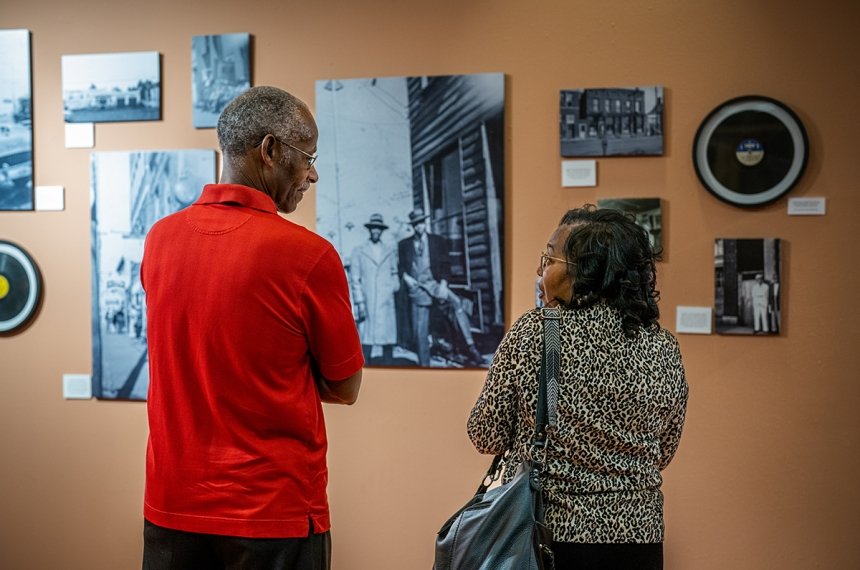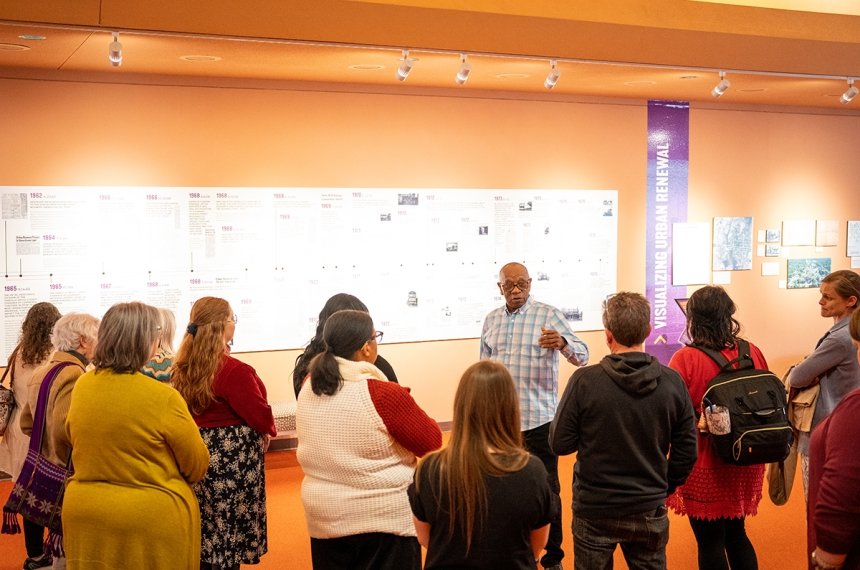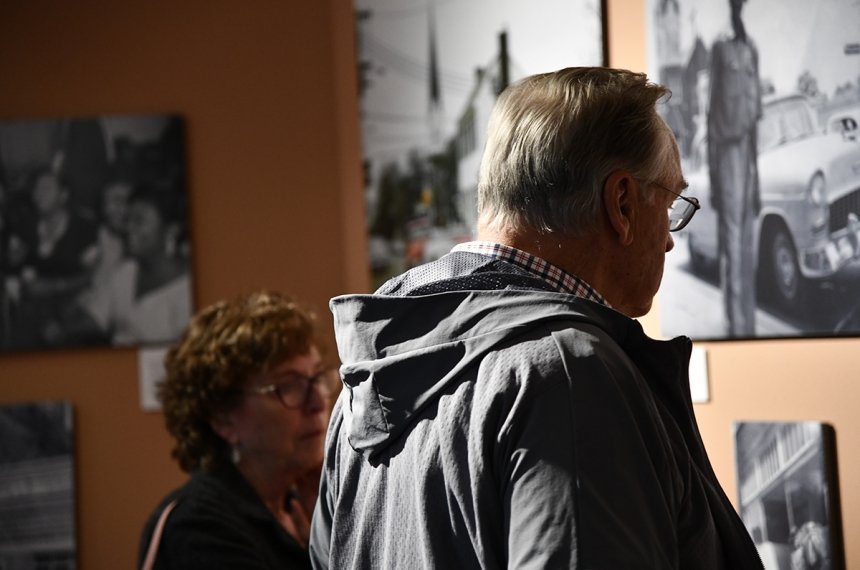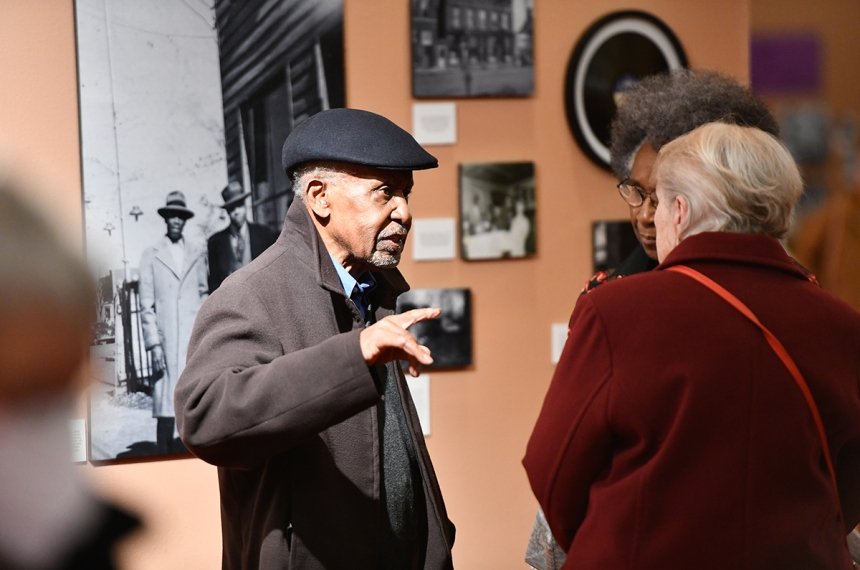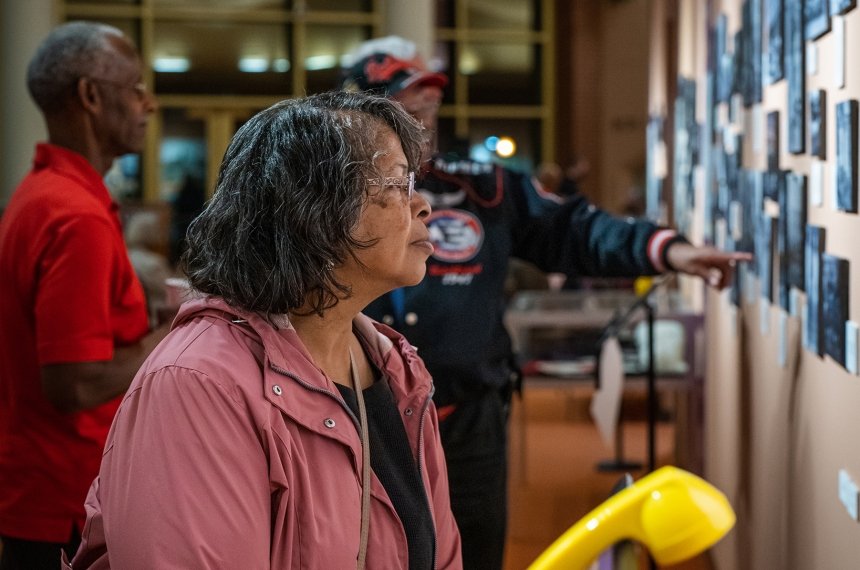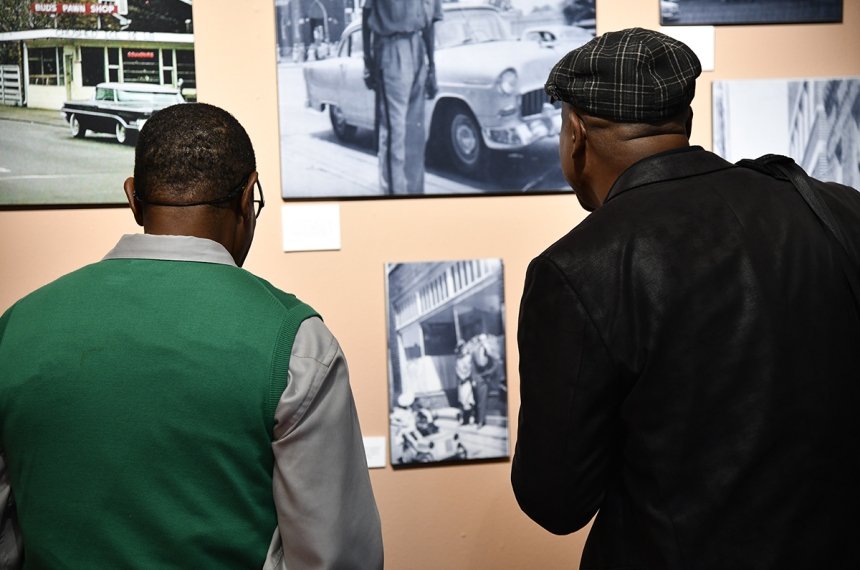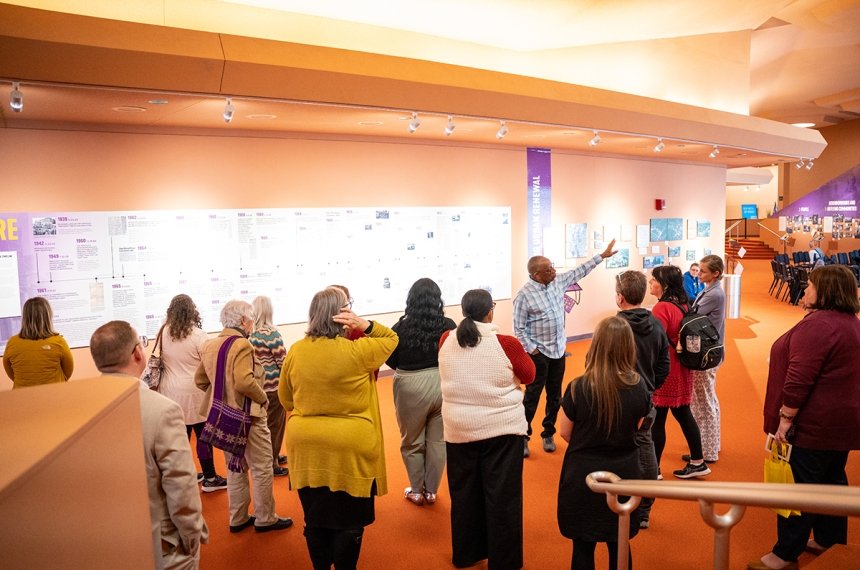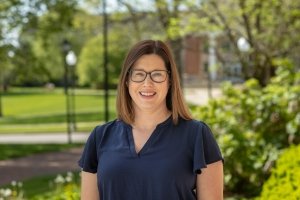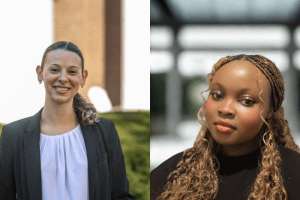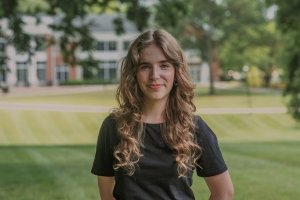Centre College anthropology students led a history-saving project
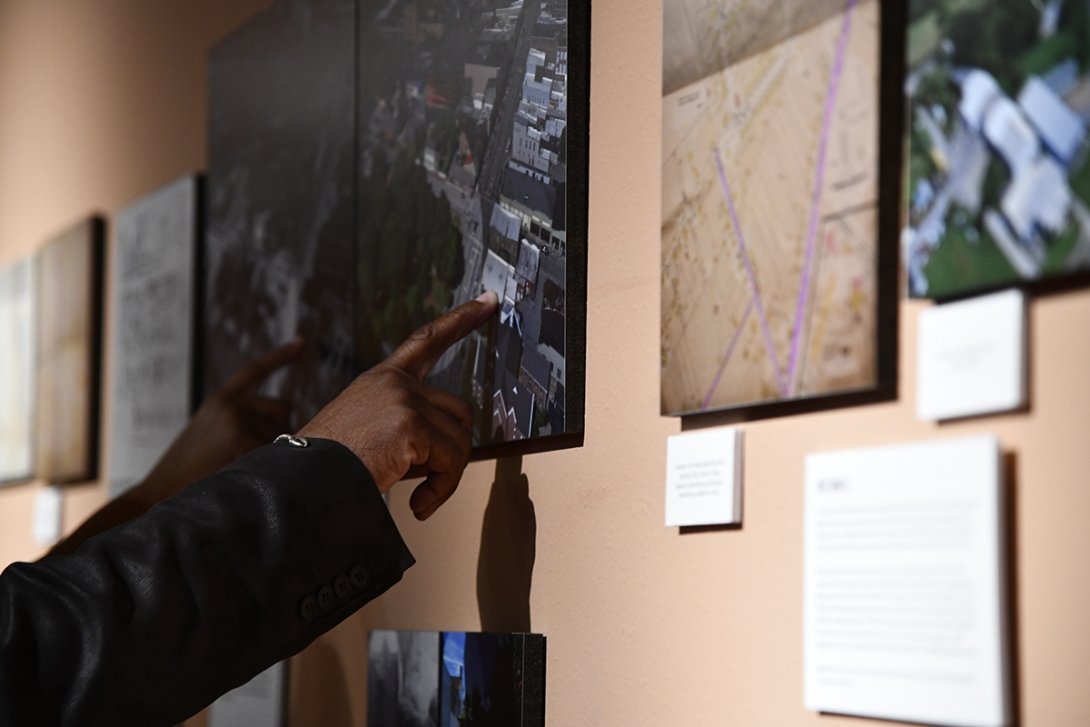
Urban renewal erased part of a community. Centre College students helped preserve their memories.
History isn’t supposed to have a shelf life.
The history of how urban renewal irrevocably altered a vibrant African American community in Danville was in danger of fading as the people who were part of it began to pass away.
The details can be found in city records and deed books; demolition orders and building permits. But the deeper story — what the changes did to the community and how it affected the local residents — will live on thanks in part to the efforts of Centre College students and faculty who collected oral histories, photographs and more comprehensive accounts from those who bore witness to the seismic changes.
The collaboration with the Danville Boyle County African American Historical Society will ensure that the stories of African Americans living in Danville and Boyle County in the mid-20th century will be preserved long after the men and women who shared them are gone.
What began as a project for anthropology students and evolved into a year-long exhibition at the Norton Center for the Arts will become a massive addition to the historical society’s collections that its president said couldn’t have been curated without the help of visiting assistant professor of anthropology Jeffrey Shenton and his students.
“I’m not going to say it would have been impossible, but everything happens for a reason,” Danville Boyle County African American Historical Society president Michael Hughes said. “I met Jeff at the right time, the right moment, (and) … I just think it’s coming from a higher power.”
Shenton’s students began collecting oral histories, photographs and artifacts from members of the local African American community. Hughes and Shenton asked Norton Center administrators to consider displaying their work in what became the exhibition “We Were Here: The African American Experience in Boyle County.”
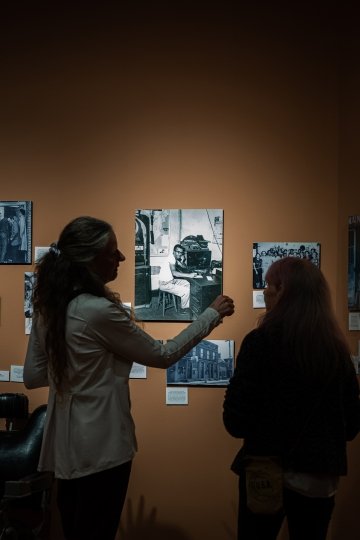
After the photos are taken down and the listening stations are unplugged, the students’ work will have a home at the historical society.
“You can’t put a price on that, not because you can’t buy that information, but it’s invaluable, the work that’s been done here,” Hughes said.
The work was the result of the partnership between Hughes and Shenton that began soon after the two met in 2019 — and the bridges Shenton’s students forged with their subjects.
“I think the relationships we built are the most important part. That kind of draws you into (the project),” said Sawyer Brieter, Class of ’26, who began gathering local histories during his first semester at Centre. “The more that you know the person you’re talking about, and you know the people who lived and hung out on South Second Street, the more interesting it becomes … the more personal it becomes.”
It’s personal to Hughes as well, because he wants to ensure these histories will be accessible to future generations who know nothing of what Danville looked like before urban renewal came to town some 60 years ago.
The historical society is trying to find a space where most or all of the collection, which is too large for its current home on North Second Street, can be displayed.
“I want to share this experience as long as we possibly can,” Hughes said. “I’m 74, and probably only two people in the historical society are younger than me, so we’re not always going to be around.”
Shenton said it was important to display the collection at the Norton Center both because of the large crowds passing through the facility, and because of Centre’s role in Danville’s urban renewal initiatives. He also believes it is vital to continue to work with the historical society once the exhibition closes.
“We want to systemize some of what they have and give it to them in a really professional-looking way that they can recycle, basically, and show to other folks,” he said.
Hughes said many of his friends are amazed by what has already been done.
“I don’t think a lot of them believed that Centre would honor this project like they have and get behind the project,” he said. “This is important for the Black community and it means a lot to have this work done.”
Community engagement, such as the oral history project, is a centerpiece of the College’s general education curriculum, aimed at building a robust skillset for students to use during their time on campus and after they move on to new challenges.
Shenton said that boots-on-the-ground type of work is an area where the College can be an asset to the community while helping shape future leaders.
“It really is up to the faculty to do the work of going out into the community and finding these kinds of productive projects … and we’re still trying to find new avenues to jump-start interest and awareness,” he said.
Breiter, whose class built an interactive diorama of the former South Second Street business district as its final project, said it’s also a way for Centre students to leave their mark.
“I think that’s an important factor for teenagers like me in wanting to do this, the feeling that you contributed something,” he said. “It feels good. It feels like you’ve built something that people will appreciate for longer than the four years that I’ll be in Danville.”
This article first appeared in the Spring 2023 edition of Centrepiece magazine.
Photos by Addie Osborne, Norton Center for the Arts

